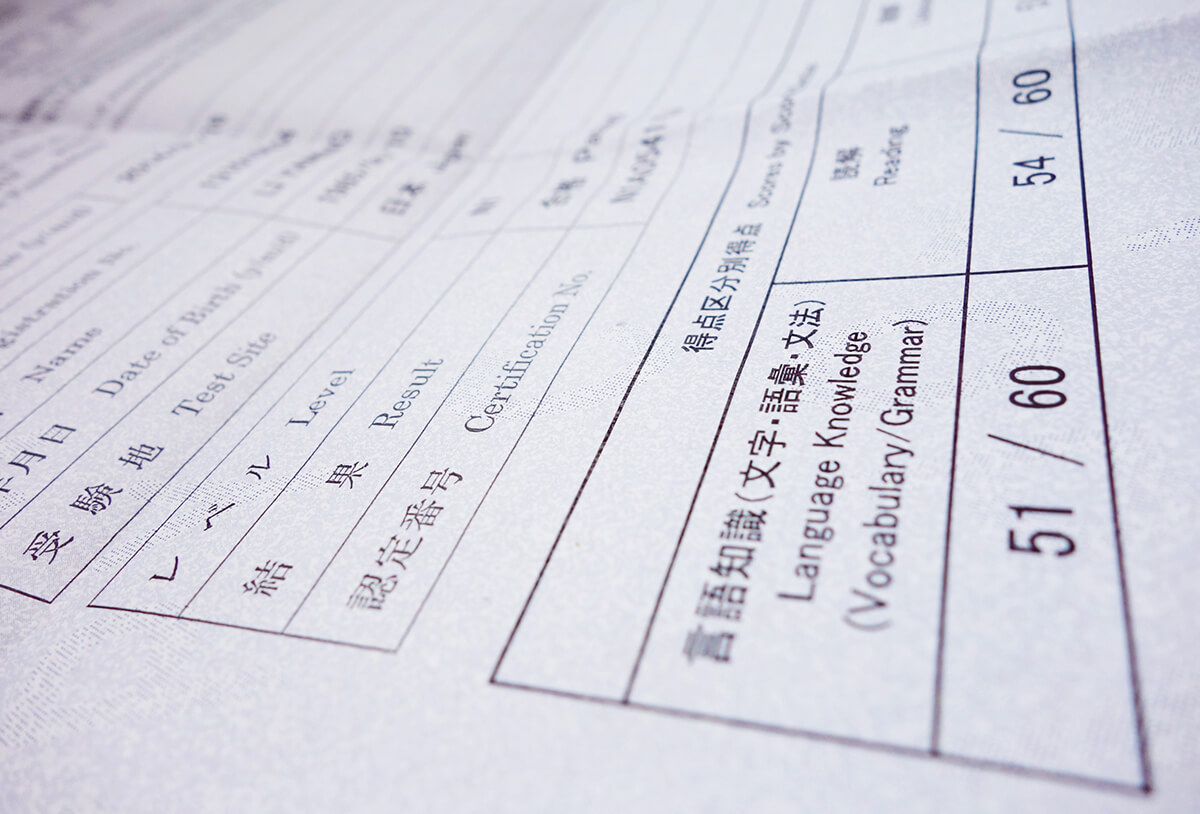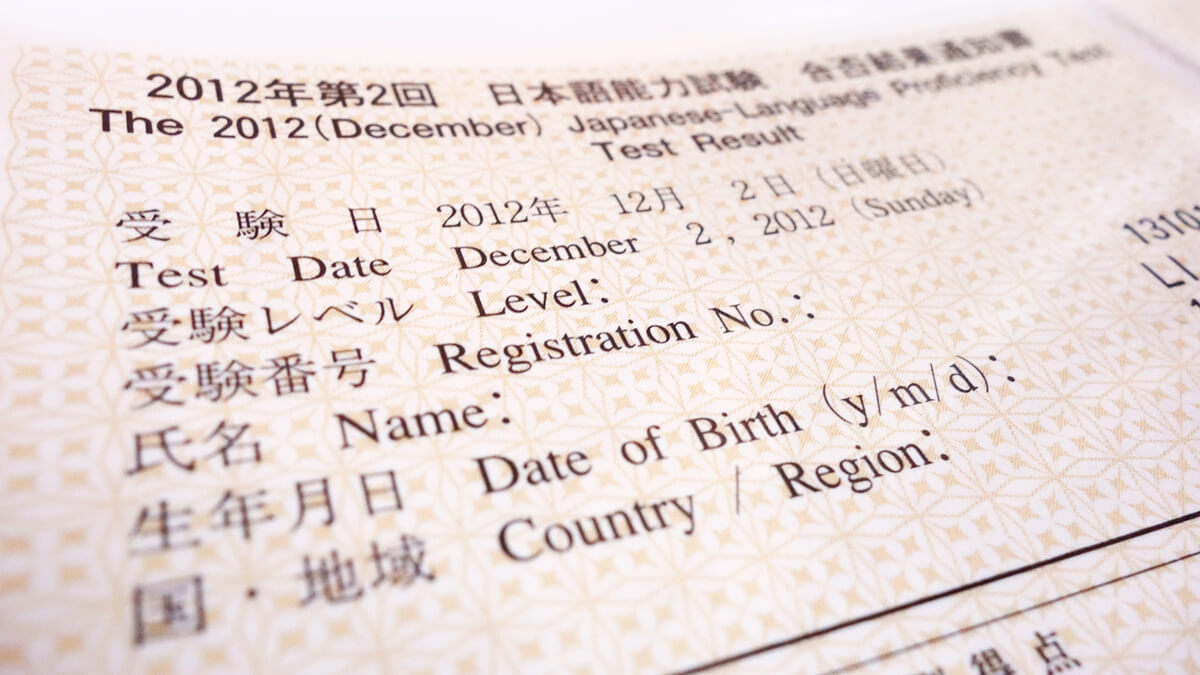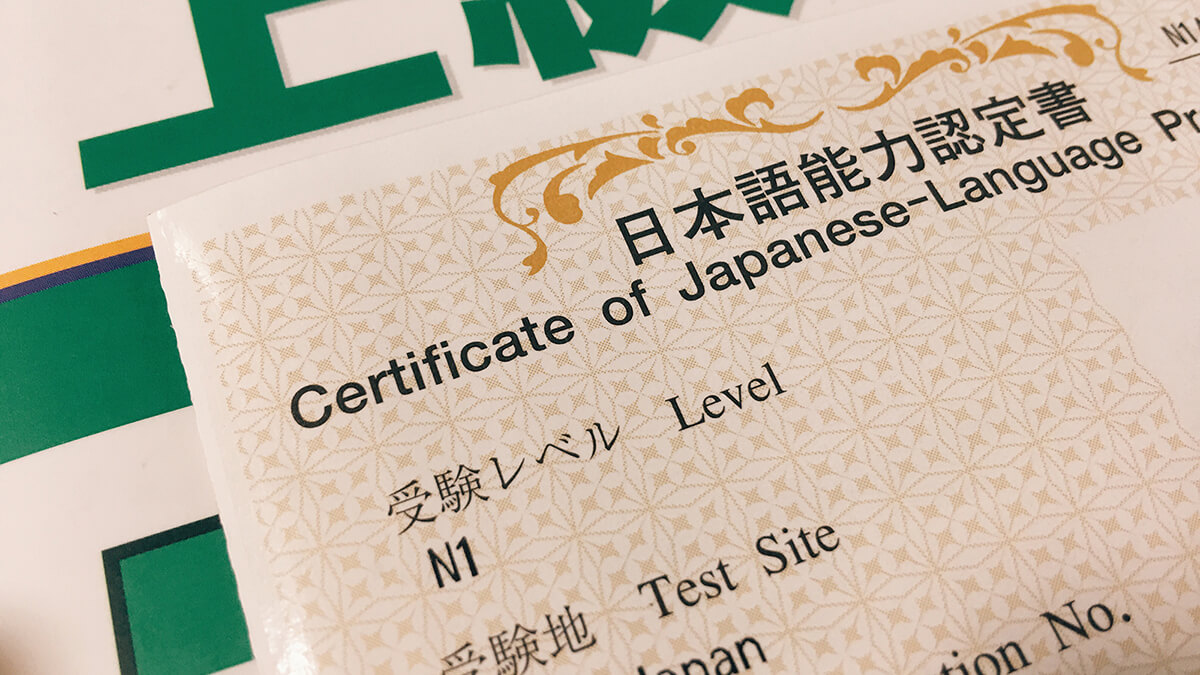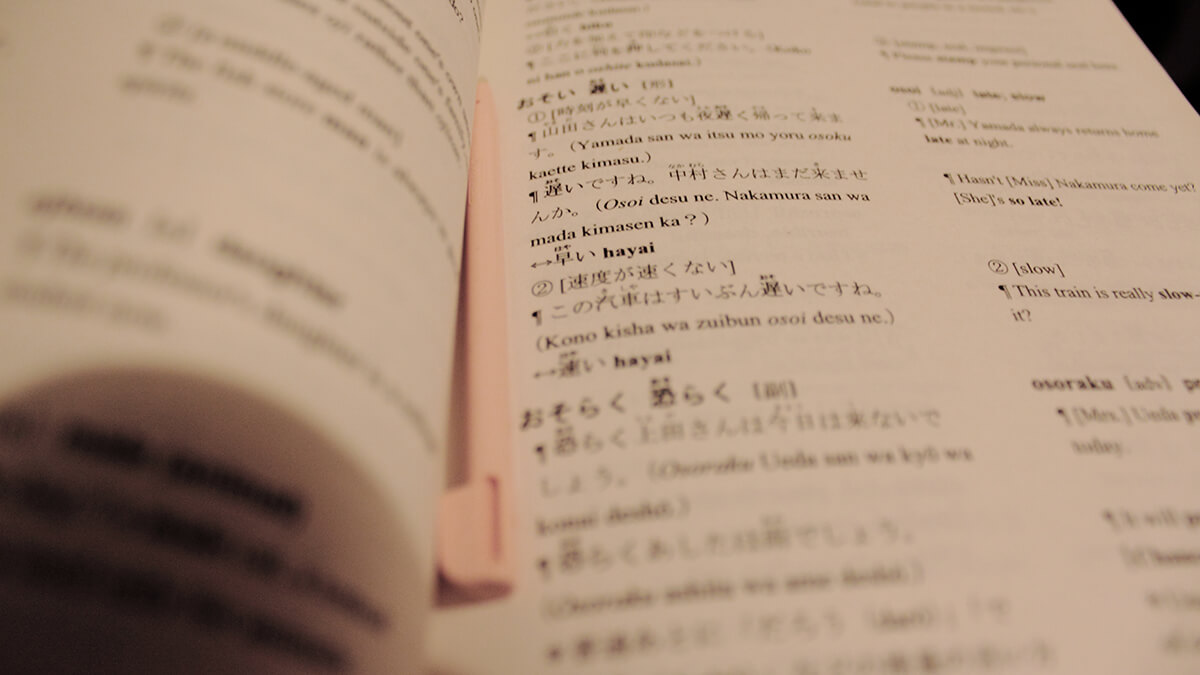JLPT Guide: Differences Between the N1-N5 Levels

Thinking about taking the Japanese Language Proficiency Test (JLPT)? You might be wondering which level you should start with, especially if you’re a first-time taker. The JLPT is ranked by difficulty through 5 levels. N5 is the easiest, while N1 is the most challenging assessment of your Japanese reading and listening skills. Picking a level is entirely up to you, so you should really take a step back and consider your skills before taking an official test to measure them!
If you need some help with your self-assessment, we’ve compiled the 5 JLPT levels into 3 simple categories. With this guide, you can identify the most suitable level for you. Once you can tell each level apart, you can adjust your studying schedule and start getting ready for the next JLPT!
Table of contents
JLPT Guide: Differences Between N1-N5 Levels

Photo by Janne Moren on Flickr
Each JLPT level grants different benefits once you have a Certificate of Proficiency, mostly when you’re aiming to land a job at a Japanese company. Employers would prefer if you’ve passed the more difficult tests, since these show a stronger command of the language. Test difficulty is ranked by the number of kanji and vocabulary words you are expected to know. This is the most apparent difference between JLPT levels.
We have listed the best estimated figures of vocabulary and kanji you need to know to give you an idea of the difficulty of each level. These approximations are based on the expectations of JLPT officials regarding your linguistic competence required for each level. Basically, if you can easily follow a Japanese conversation at regular speed, you’d probably do well if you take the N3 test. Here’s a closer look at the different JLPT levels:
N5/N4: The Basics

N5 is the easiest JLPT level and requires some basic Japanese. The keyword here is “some,” since you only need to know around 100 kanji characters and 800 vocabulary words. These include numbers, days of the week, family members, and daily expressions. You might have N5 level proficiency if you’ve taken Japanese classes in college. This is true if you know basic Japanese grammar involving particle usage, past tense, and making simple comparisons.
Since introductory Japanese language courses focus on the fundamentals, passing the N5 JLPT is usually a goal that first-time learners set. It goes without saying that you must have already mastered hiragana and katakana. You must also know how to read basic kanji of simple everyday objects, like mado (窓; EN: window), and of the verbs associated with them like akete (開けて; EN: open). The JLPT tests your reading and listening comprehension, so if you can speak the basic words, you will need to know how to spell them out too!
Meanwhile, N4 is considered as a high beginner JLPT level where you have to be familiar with at least 300 kanji and 1,500 vocabulary words. These include some uncommon words such as terms for extended family members, as well as verbs that might be found on print ads. Grammar covered in this level includes basic conjunctions and verb conjugations.
The N4 level test also begins to get into the nuances like how samui (寒い; EN: cold) refers to the temperature of the air instead of a drink. Or even further like how hiraku (開く; EN: to open) refers to opening digital files with an application as opposed to opening a window. You’ll have to watch out for these minute shades in the meaning of different words.
Passing these beginner levels proves that you have the capacity and drive to learn Japanese. These levels are also great measurements of your strengths at taking tests. As soon as you get your scores (which are usually released almost 2 months after the date of your exam), you can identify the JLPT sections you excel at, and focus on improving the others when taking the next level!
N3: The Bridge
If you’re going for the N3 level, you must study 650 kanji and 3,700 vocabulary words. This is the intermediate level, where your Japanese language skills are on par with Japanese middle school students. You should be able to keep up with everyday situations in Japan with relative ease. If you can comprehend newspaper headlines or hold a conversation with a native Japanese person, you might be at this level!
When studying for this JLPT level, you might want to focus on the lessons designed for Japanese middle schoolers. You can expect more compound sentences and various conjunctions like sono tame (そのため), meaning “hence” or “for that reason,” and tokoro ga (ところが), which means “even so” or “however.”
There are also levels to the kanji taught in every grade. Basically, the Ministry of Education in Japan has a standardized list of kanji to be taught throughout 6 elementary school years. N3 level kanji would include those taught in 1st through 4th grade and might have some bits from the higher levels. That might catch you off guard, so you might want to peek at kanji for 5th and 6th graders from time to time.
If you want to work in Japan, employers start considering foreign candidates who have at least N3 level proficiency. Foreigners who pass this stage are considered halfway between beginners and native Japanese speakers. If you’re on this level, you’d be able to hold your own and navigate Japan quite easily!
N2/N1: The Complex

Photo by William Tai on Flickr
If you are serious about incorporating Japanese into your career, passing these higher JLPT levels must be part of your goals. The N2 and N1 levels are considered the most difficult tests of Japanese reading and listening comprehension. You must be able to understand Japanese used in various daily situations, from sophisticated headlines to coherent conversations at natural speed. You should also be able to freely express yourself in the language casually as well as formally when the situation calls for it.
The N2 level expects you to know 1,000 kanji and 6,000 vocabulary words. You might find that this exam really begins to test your reading comprehension. Test questions will be subtler compared to the previous, more straightforward levels. You need to exercise your ability to interpret bodies of Japanese text as a whole, as well as how individual parts relate to each other.
Finally, you must know 2,000 kanji and 10,000 vocabulary words to pass the N1 level. You’ll notice that this level expects twice as much kanji as the previous level. It’s definitely a challenge since these include specialized words or those you’d find in academic situations. These numbers are also expected of Japanese high school students upon graduation.
Studying for these tests in an environment where you have easy access to everything Japanese is a great advantage. Listen to news reports as they appear on television or even read the latest hit novel from a nearby bookstore! The N2 and N1 levels are the ultimate tests for foreigners or non-native Japanese speakers that can secure your position in a Japanese company in Japan. After all, passing either of these levels will grant you an official proof of your mastery over the Japanese language!
Conclusion
Once you reassess your existing knowledge of the Japanese language, you can easily identify which JLPT level to take. Still, whether you’re going for the N5 or N1 test, you need to spend time preparing for the exam! Even if you’re fluent in Japanese business-speak, you need to be a good test-taker to pass. If you find that your proficiency matches that of a native speaker, check out JLPT-specific books that prep you for the N2-N1 tests!
Many past test-takers can testify to the effectiveness of the countless online and physical JLPT resources. From JLPT-specific workbooks to many vocabulary and kanji lists, these may claim to assist anyone studying for a certain JLPT level. While these tools are essential when studying, you must remember that the JLPT measures your fluency in the language, more so than it does your ability to memorize lists. Study to prepare, and believe in your skills. Good luck!
Motto Japan, the community platform to support foreigners with the foundation for life in Japan, including Japanese study, job opportunities, and housing service. Motto Japan Media will provide a wide variety of information for Japanese fans all over the world, to create a cross-cultural environment and enrich the life of foreign residents in Japan!














Leave a Reply